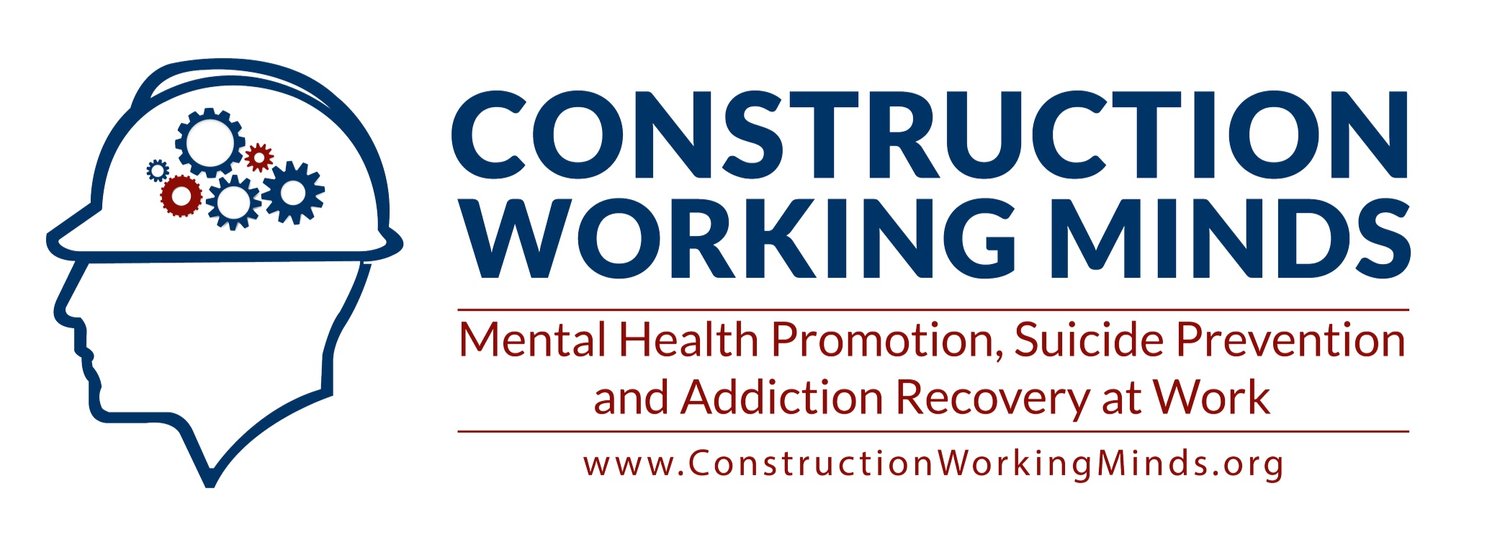U.S. Air Force Model
Best Practice for the Workplace: U.S. Air Force Suicide Prevention Program
“We have a responsibility to our active duty members and their families to provide a safety net of support services that ensures a healthy and fit force and assistance to those in need. This is the foundation underlying the Air Force Suicide Prevention Program. Now more than ever, we need to remind ourselves that our Air Force is only as strong as those who serve,” General Jumper1
When it existed, The National Registry of Evidence-based Programs and Practices2 currently only list two programs; one is for adolescents (Signs of Suicide or SOS program) and the U.S. Air Force Suicide Prevention Program. This National Registry uses a panel of experts to judge each program’s quality of supporting research and readiness for dissemination). Thus, the Air Forces’ model is the leading model for the workplace today.
After a five year period of rising suicide rates, the U.S. Air Force committed to implementing a comprehensive suicide prevention program, knowing that, as the above General indicates, the Air Force had a shared responsibility to address this public health issue.
This decision occurred even though the Air Force rates were comparatively lower than that of the U.S. population overall. Strong and visible support from the Air Force Chief of Staff provided the top down endorsement that encouraged other leaders to discuss the various aspects of suicide prevention and reminded leaders about their roles as suicide prevention gatekeepers. The intervention consisted of five components3:
Changing social norms through marketing community awareness.
Educating community members through education, training, and preventive services.
Improving surveillance through the development of a well-integrated database and community action information board.
Critical incident stress management.
Integrated delivery system for human services that coordinated efforts and training among Chapel program, mental health services, financial counselors, career counselors, health providers and others.
When the Suicide Prevention Program started, suicide was the second leading cause of death for the 350,000 Air Force members (suicide rate of 15.8 per 100,000). Since the implementation of the program, the suicide rate fell to 3.5 per 100,000, the lowest rate on record. Interestingly, the rates of violent crime, family violence and deaths due to unintentional injures have also shown statistically significant declines at the same time as the interventions4.
1. Air Force Suicide Prevention Program http://afspp.afms.mil
2. National Registry of Evidence-based Programs and Practices http://www.nrepp.samhsa.gov/review-criteria.htm
3. Air Force Suicide Prevention Program
4. U.S. Air Force Medical Service 2002



